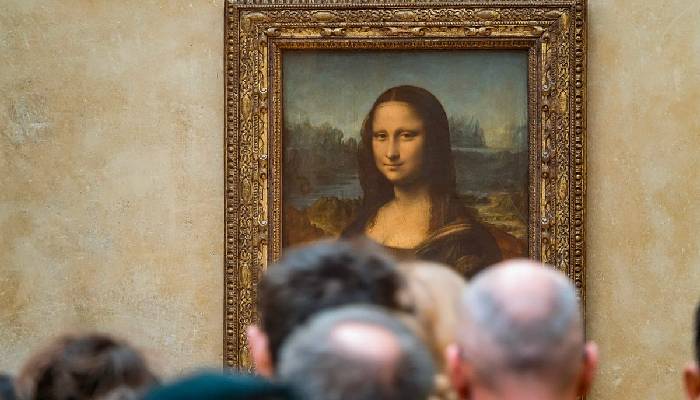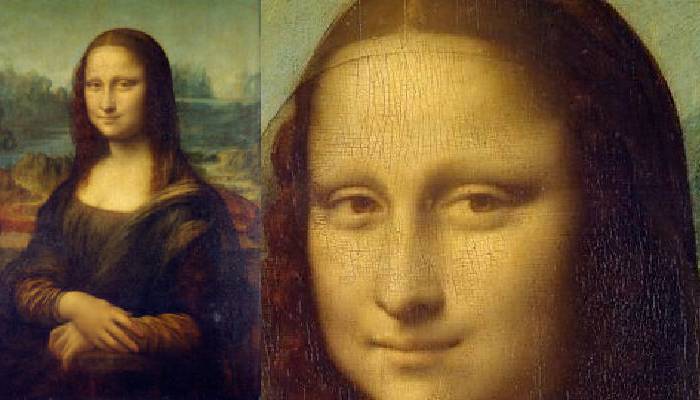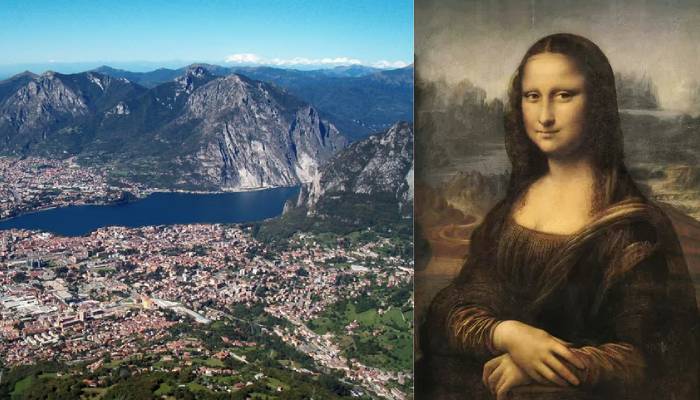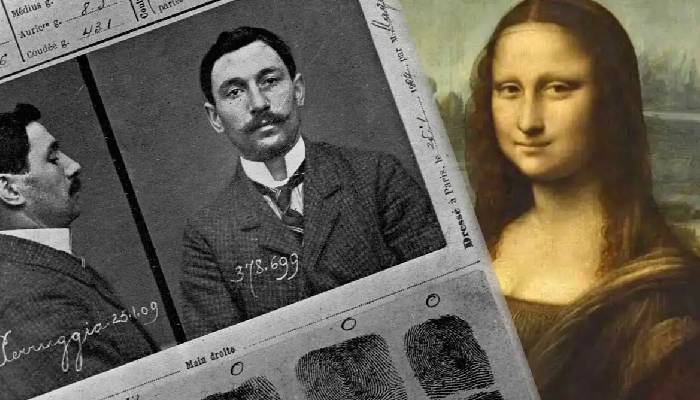
The Mona Lisa painting is undoubtedly one of the most iconic artworks in history, captivating art lovers and enthusiasts for centuries with its enigmatic smile and mysterious origins.
Here's a closer look at the history and intrigue surrounding this renowned masterpiece:
Mona Lisa: A timeless enigma:

The Mona Lisa, an oil painting on a poplar wood panel by Leonardo da Vinci, is arguably the world's most famous painting.
Created between 1503 and 1519 while Leonardo resided in Florence, Italy, it now resides in the Louvre Museum, Paris, continuing to captivate audiences well into the 21st century.
The enigmatic smile and unproven identity:

The painting's subject, depicted in a half-body portrait against a distant landscape, features a three-quarter view that breaks from the standard profile pose used in Italian art.
Leonardo's skillful use of shading, known as sfumato, creates a softly sculptural face, while the delicately painted veil and carefully rendered fabric demonstrate his meticulous observations.
Meanwhile, the sitter’s mysterious smile and her unproven identity have made the painting a source of ongoing investigation and fascination.
Scholars and historians have long debated the identity of the enigmatic sitter in Leonardo da Vinci's masterpiece, the Mona Lisa.
Various theories have been proposed over the years, including suggestions that she may be Lisa del Giocondo, the wife of Florentine merchant Francesco di Bartolomeo del Giocondo, or even Leonardo's own mother, Caterina.
However, some have even speculated that the painting could be a disguised self-portrait of the artist himself.
Geological clues to the painting's background:

In a surprising twist blending art and geology, recent findings suggest that the Mona Lisa's backdrop may be the idyllic town of Lecco, Italy, near Lake Como.
Geologist and Renaissance-art scholar Ann Pizzorusso identified key geological features in the painting's background, such as the shape of the lake and the surrounding limestone, pointing to Lecco as the likely setting.
History of theft and recovery:

The Mona Lisa's journey through history has been fraught with drama, including a notorious theft in 1911 that sparked international headlines.
Stolen from the Louvre Museum by Vincenzo Peruggia, an Italian immigrant, the painting was recovered two years later in Florence.
Moreover, it has since endured World War II evacuations and traveled the world on exhibition tours, solidifying its status as a cultural icon.












